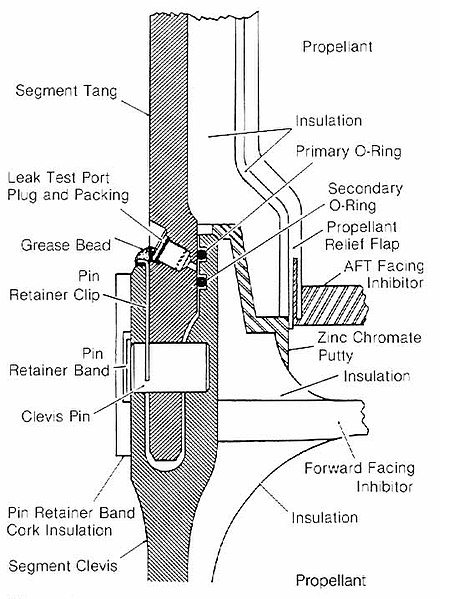Deep Submergence Vessel NR-1 was a unique United States Navy (USN) nuclear-powered ocean engineering and research submarine, built by the Electric Boat Division of General Dynamics at Groton, Connecticut. NR-1 was launched on 25 January 1969, completed initial sea trials 19 August 1969, and was home-ported at Naval Submarine Base New London. NR-1 was the smallest nuclear submarine ever put into operation. The vessel was casually known as "Nerwin" and was never officially named or commissioned. The U.S. Navy is allocated a specific number of warships by the U.S. Congress, but Admiral Hyman Rickover avoided using one of those allocations for the construction of NR-1 in order to circumvent the oversight that a warship receives from various bureaus.
Deep submergence vessel NR-1
Early design sketch of NR-1
Ducted thrust is visible at NR-1's stern as she maneuvers
Space Shuttle Challenger disaster
On January 28, 1986, the Space Shuttle Challenger broke apart 73 seconds into its flight, killing all seven crew members aboard. The spacecraft disintegrated 46,000 feet (14 km) above the Atlantic Ocean, off the coast of Cape Canaveral, Florida, at 11:39 a.m. EST. It was the first fatal accident involving an American spacecraft while in flight.
Challenger's solid rocket boosters fly uncontrollably after the breakup of the external tank separated them from the shuttle stack. The remains of the orbiter and tank leave thin white contrails as they fall toward the Atlantic Ocean.
Space Shuttle Challenger – assembled for launch along with the ET and two SRBs – atop a crawler-transporter en route to the launch pad about one month before the disaster
Cross-sectional diagram of the original SRB field joint. The top end of the lower rocket segment has a deep U-shaped cavity, or clevis, along its circumference. The bottom end of the top segment extends to form a tang that fits snugly into the clevis of the bottom segment. Two parallel grooves near the top of the clevis inner branch hold ~20 foot (6 meter) diameter O-rings that seal the gap between the tang and the clevis, keeping hot gases out.
STS-51-L crew: (back) Onizuka, McAuliffe, Jarvis, Resnik; (front) Smith, Scobee, McNair.







